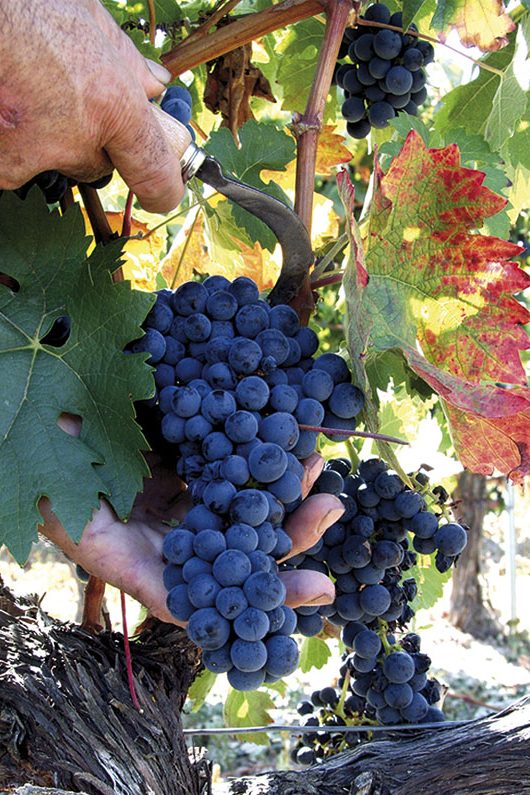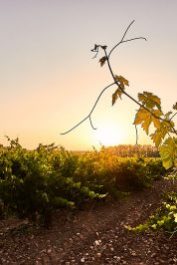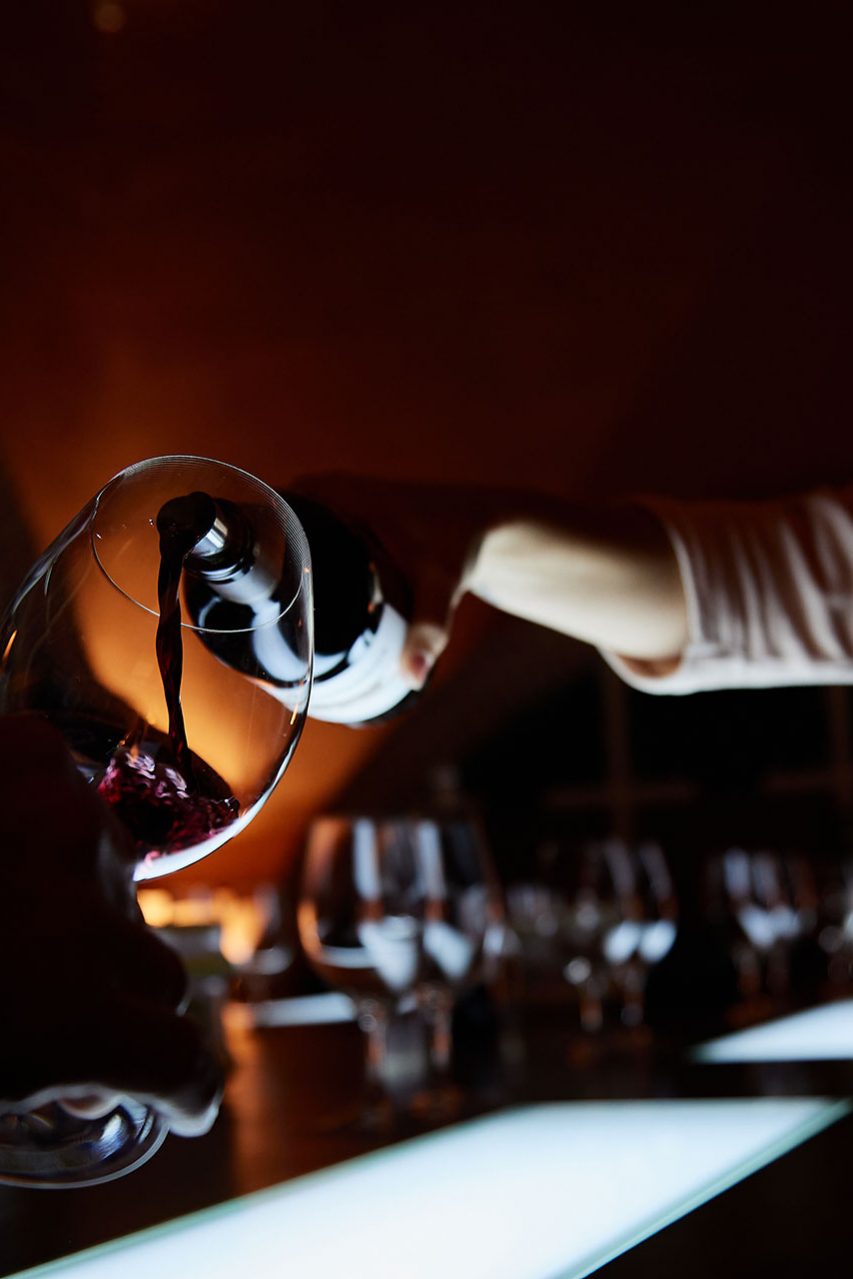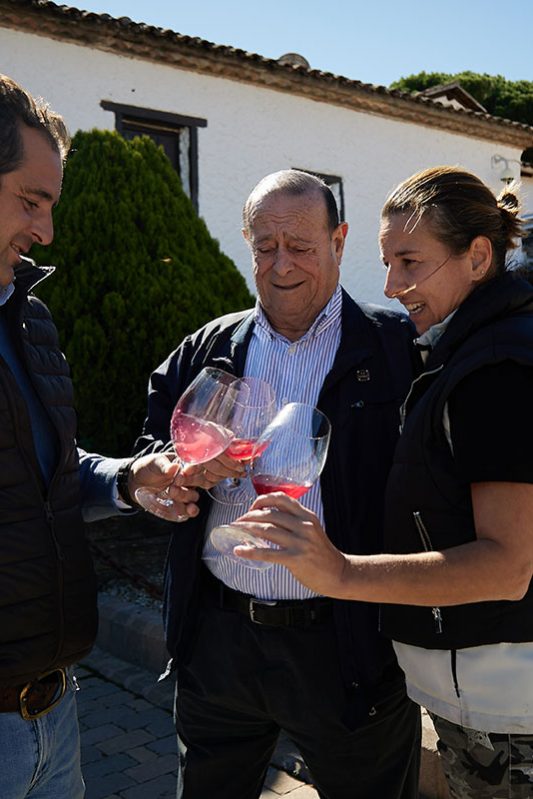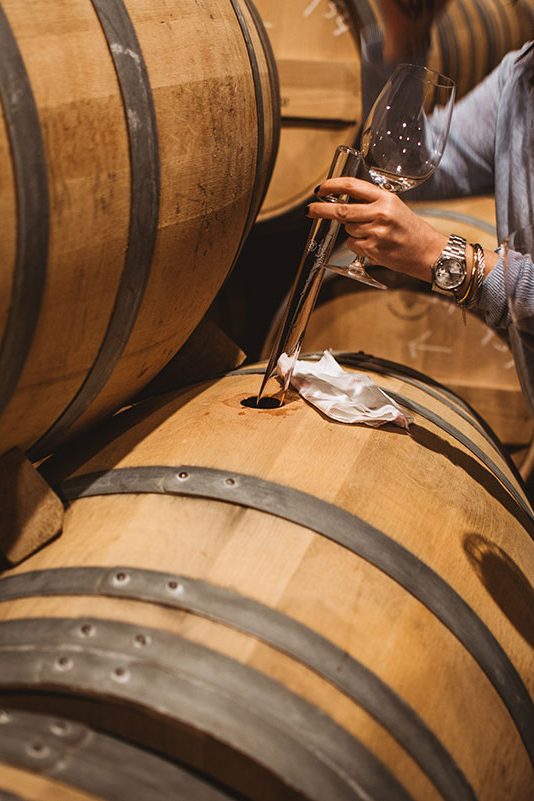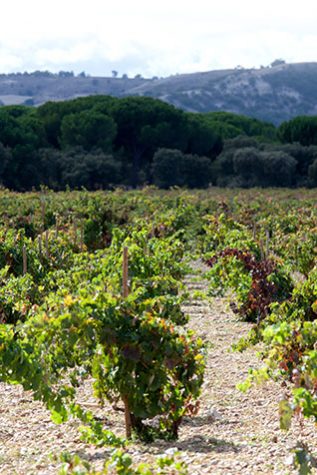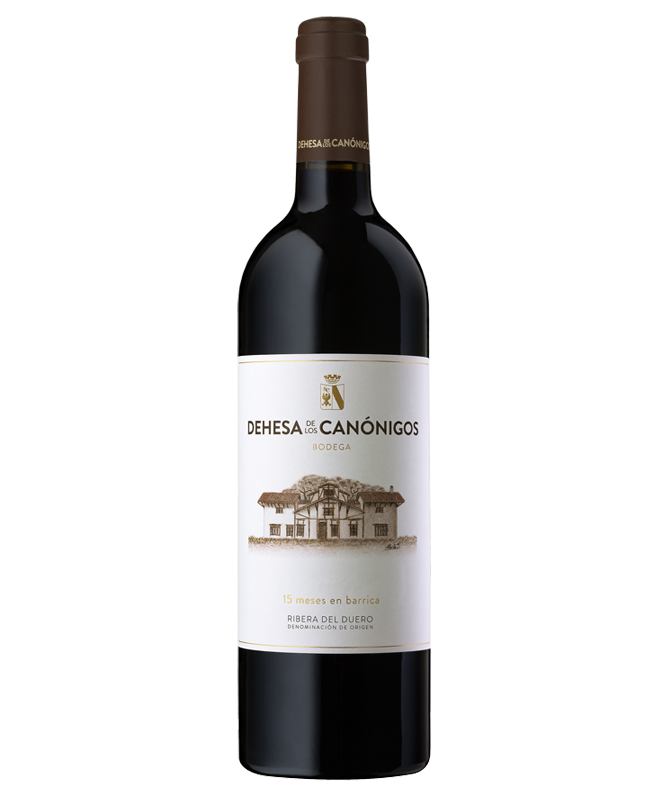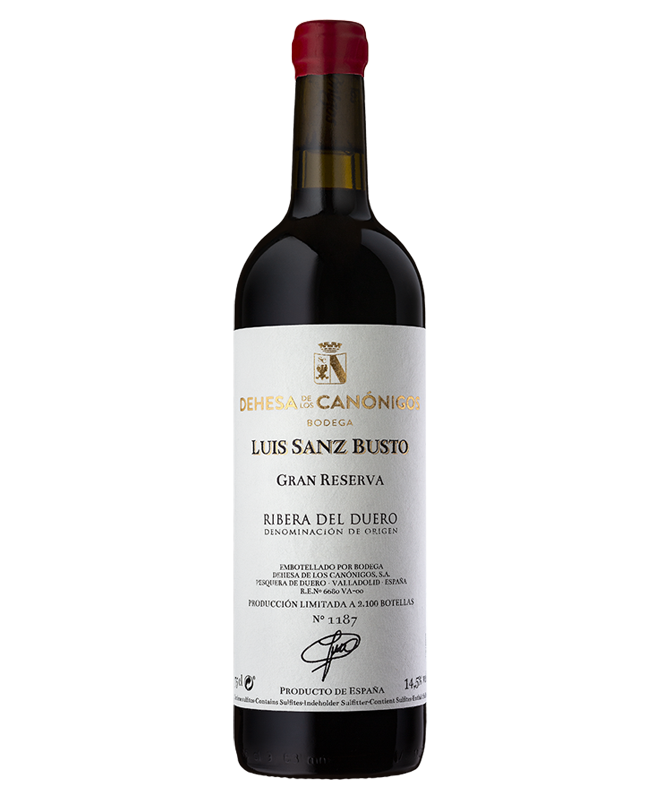
Dehesa de los Canónigos
Spain | Ribera del Duero
Dehesa de los Canónigos | History
Dehesa de los Canónigos | Spain | Ribera del Duero
The Dehesa de los Canónigos winery stands out precisely for its architecture, the naves were rebuilt little by little, until housing what is the winery today.
After passing through several hands, in 1931 it fell into the hands of the Cid family, the brothers Arturo and Ildefonso, married to Amalia García and Rosario Alonso respectively, who were the owners of Dehesa de los Canónigos until the 60s, when they sold the farm. Just a few months later, Luis Sanz Busto and María Luz Cid decided they wanted to recover the family property due to the roots she felt there. Luis had to abandon his medical studies, but he laid the foundations of what Dehesa de los Canónigos represents today. Luis Sanz Busto sold the grapes in the beginning to the neighboring Vega Sicilia winery and began to plant more vines, until in 1989 he decided to release onto the market the first vintage of Dehesa de los Canónigos.
Dehesa de los Canónigos | Vineyards
Dehesa de los Canónigos | Spain | Ribera del Duero
The vineyard is located on the slope of a hillside with North-South orientation at 800 meters above sea level, influenced by the Mediterranean-continental climate, which constitutes a privileged enclave for an excellent development and maturation of the grapes
The heterogeneous composition of the soils and the different ages of the vines allow the estate to be divided into sub-plots, all of them of limestone composition, which gives the wines of Dehesa de los Canónigos finesse, elegance and aptitude for ageing
Dehesa de los Canónigos | Vineyards
Dehesa de los Canónigos | Spain | Ribera del Duero
The grapes are transported in small boxes of a maximum of 20 Kg to ensure the integrity of the fruit and, when the plots are located in the vicinity of the winery, the bunches arrive in optimal conditions at the selection table.
Each of the plots is harvested and vinified separately, to achieve the maximum expression of the singularities of each of them. The must is fermented with natural yeasts, which come from the vineyard itself, at a controlled temperature. After alcoholic fermentation, the wines are aged in American oak barrels, mainly between one and two years of age. We work with different coopers to bring more complexity to the wines.

